Crime Control Department skirts legal system
Accusations of extra-judicial killings in police encounters raised concerns over true motive of parallel force
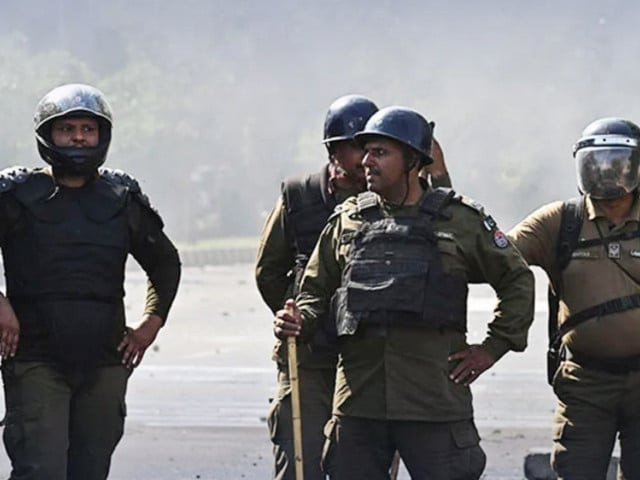
The newly formed Crime Control Department (CCD) within the Punjab Police has triggered a wave of police encounters just four months after its inception, signaling the emergence of a powerful and controversial force operating alongside traditional police structures.
Sources have suggested that the CCD was created to curb rising crime rates but has quickly earned the title of a "parallel police force." With operational units established at district levels, CCD officers now have the authority to register FIRs, apprehend suspects, and carry out encounters, allegedly under verbal instructions to eliminate hardened criminals. Critics have argued that this department is also being groomed for potential political use, recalling similar patterns from past governments.
Historical data has revealed a worrying trend. Between 1990 and 2005, over 4,000 police encounters were reported in Punjab, resulting in the deaths of more than 3,000 suspects and 493 police personnel. The highest spike occurred in 1998 during the government of Shahbaz Sharif, with over 500 encounters and 556 suspects killed. From January 2014 to May 2018, more than 1,500 encounters took place, leaving at least 1,556 dead.
Also Read: Security forces kill four terrorists in Mastung IBO: ISPR
According to data acquired by The Express Tribune, over 780 police encounters have been reported till August 2025, out of which more than 500 were conducted by CCD officers Since 2020, over 3,000 criminals and more than 500 police officials have lost their lives in such incidents.
Former IGP Balochistan and Pakistan Railways, Asif Nawaz Warraich, emphasized that police encounters have long been used as a mechanism to assert government authority.
“Whenever a specific political party takes charge in Punjab, encounter numbers tend to surge. This can be attributed to a weak criminal justice system, which often compels the government to give police a free hand in eliminating criminals involved in severe offenses like murder, robbery, and gang rape,” claimed Warraich.
However, this approach has drawn sharp criticism. Residents like Muhammad Zeeshan and Riaz Hussain Raju, victims of past robbery cases, claimed that no recovery could be made, with the police claiming that the culprits were killed in encounters. Another complainant, Sheikh Nadeem, accused the police of taking bribes from criminals. “Criminals who pay bribes are let go, while those who don’t are "taken care of" in encounters,” revealed Nadeem.
Public policy advisor, social activist, and academic, Salman Abid questioned the need for the CCD, when several existing institutions were already claiming to tackle crime.
Read: New rain spell forecast from Sept 16
“The core problem lies not in new bodies but in the failure to reform and strengthen current systems. Such departments often target vulnerable populations while letting influential criminals go free. There are two justice systems in Pakistan—one for the powerful and another for the weak. Unless rule of law and access to justice are ensured for all, any new department is merely symbolic and risks becoming another tool for exploitation,” asserted Abid.
On the other hand, Additional IG of the Crime Control Department, Sohail Zafar Chattha, defended the CCD’s actions, stating that under the directives of Punjab Chief Minister Maryam Nawaz, the department was carrying out a rigorous crackdown against criminal gangs and public display of weapons. “Over 21,000 Safe City cameras and advanced AI tools are in use to identify criminals and monitor illegal weapon activity,” said Chattha.
While the provincial government positions the Crime Control Department as a crucial measure for public safety, mounting concerns about human rights, political misuse, and lack of oversight continue to dominate the conversation. The debate persists; is the CCD a genuine crime-fighting body or simply a rebranded extension of past practices.

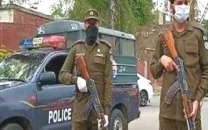
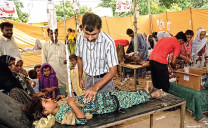
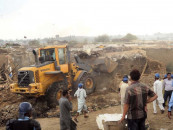
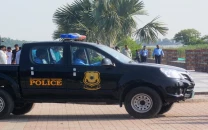
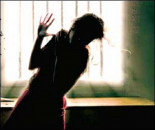




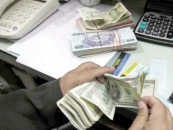
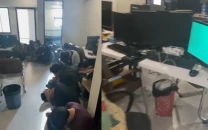
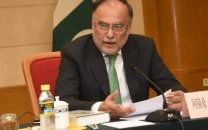



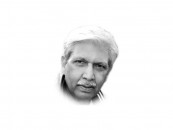


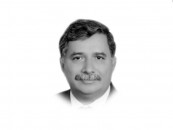
COMMENTS
Comments are moderated and generally will be posted if they are on-topic and not abusive.
For more information, please see our Comments FAQ